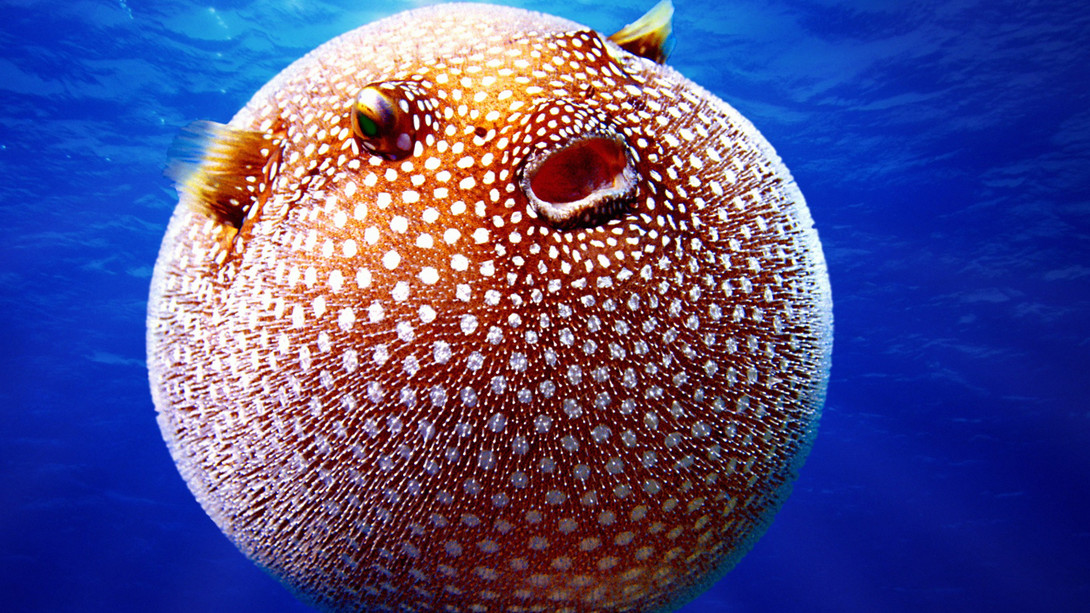

No awards are provided for catching northern puffers.Ĭhris Batsavage, special assistant to councils with the North Carolina Division of Marine Fisheries, told Coastal Review that the northern puffer is not currently managed by the state, the South Atlantic Marine Management Council nor the Atlantic States Marine Fisheries Commission. Northern puffers are usually seen in North Carolina waters ranging from 8 to 10 inches in length, but have been observed up to 14 inches in length and 1½ pounds. They are occasionally confused with oyster toadfish, porcupine fish, and striped burrfish, depending upon where in its’ range you find the species,” said Rock. “This species is also called swell toad, puffer, blowfish, blow toad, toadfish, and sea squab. Landings coastwide now are pretty low for both recreational and commercial fisheries,” Rock said. I looked at some recreational landings and they were a little higher and averaged around 30,000 pounds a year from 2000 to 2009.

“In North Carolina, from 2010 to 2019, landings averaged around 4,000 pounds. This gave fisheries scientists a sense that the northern puffer made an annual migration along the coast, but little is known about its life history. During fall, the catch generally moved southward. During this period, commercial landings increased as the fish moved their way north during spring from North Carolina to the Chesapeake Bay. In supermarkets, the puffer is typically sold as fresh Sea squab.”īetween 19, the annual landings from the Chesapeake Bay region alone were between 1 and 12 million pounds. The numbers of fish that are caught throughout their range are negligible, but catches are higher further north in New England waters, they are typically caught using crab pots and with hook-and-line. They will feed on mainly shellfish, but will occasionally eat small finfish. “This species is not a schooling species, but has been observed by scuba divers in large, disorganized congregations on the sand bottom. “The Northern puffer is found in bays and estuaries, as well as offshore waters to depths of at least 180 feet,” Jason Rock, biologist supervisor with the North Carolina Division of Marine Fisheries, told Coastal Review. The puffer is small and olive colored, with numerous tiny black spots along its body, while the burrfish lacks the tiny spots.
#NORTHERN PUFFER FISH FULL#
Second, the northern puffer has no noticeable spines along its body, while the striped burrfish has large, prominent spines all along the full length of its body. First, the puffer is club shaped whereas the burrfish is boxier in shape. It’s easy to distinguish a northern puffer from its close cousin, the striped burrfish, which is also a frequent visitor to North Carolina coastal waters.
#NORTHERN PUFFER FISH SKIN#
The head and body are covered with prickles that give the skin a sandpaper-like quality, according to the North Carolina Division of Marine Fisheries website. Tiny black spots are scattered over most of the body, particularly near the cheeks, and there is a row of seven to 10 vertical bars along the sides. Puffers have grayish-brown backs and upper sides, but are yellowish white on the lower sides and belly. In North Carolina waters, the northern puffer is a small to medium-sized fish with a blunt body capable of inflating with water and air.

I have seen small puffers swimming in the surf zone, near breaking waves, feeding on small animals churned up by the wave action. This species uses its strong, beak-like mouth to crush the shells of small mollusks, crustaceans and other invertebrates. It is the only pufferfish that is abundant along the mid-Atlantic coast. Northern puffers are found on the Atlantic coast of North America from Newfoundland to Flagler County, Florida, over sand bottom near or in and around seagrass in waters ranging from 3 to more than 600 feet deep. Their unusual defense against predators makes this blowfish a hoot. They swell up, they blow up, they puff up.


 0 kommentar(er)
0 kommentar(er)
